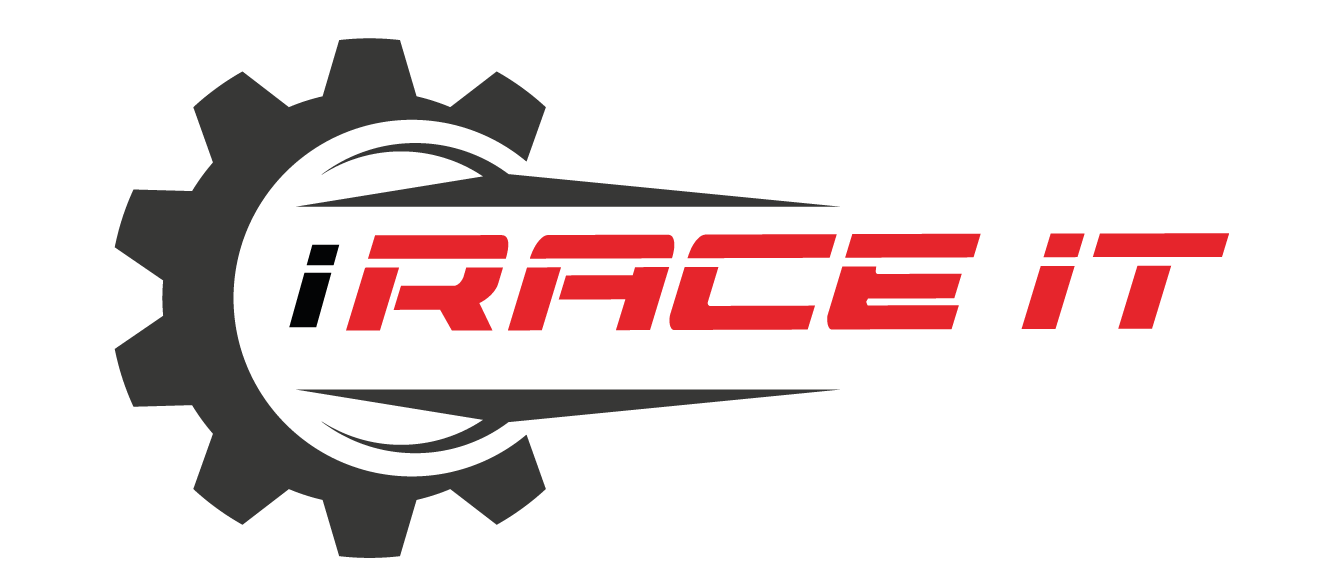No products in the cart.

Again in late 2021, Intel and SK hynix accomplished the primary stage of their long-awaited switch of Intel’s NAND (and NAND-based SSD) enterprise to SK hynix. That firm, in flip, took Intel’s NAND SSD property and put them under their own subsidiary, Solidigm, who took over gross sales of Intel’s present SSD portfolio. Now, just a few months later, Solidigm is gearing as much as launch its first post-Intel SSDs, the enterprise-focused D7-P5520 and D7-P5620.
Diving proper into issues, Solidigm is actually choosing up proper the place Intel left off, each with regard to product design and product naming. Intel was already seeing strong market penetration with its D-series branding, so there’s little motive to surrender a great factor for the brand new Solidigm. In any case, the brand new drives are designed and marketed to fit proper in because the next-generation elements within the D7 lineup, which is Solidigm’s highest efficiency drives for the enterprise and server market.
From a pure specification standpoint, the large information with the newest technology of drives is that Solidigm has doubled their capacities. The D7-P5620 might be accessible in capacities from 1.6TB to 12.8TB, whereas the D7-P5520 will go as much as 15.36TB for its bigger kind issue drives. At this level Solidigm has not introduced what NAND they’re utilizing, however as we haven’t heard something in regards to the firm launching their 5th technology NAND to exchange their present 144L TLC tech, presumably that’s what’s getting used right here – particularly as Intel/Solidigm by no means launched a 144L P5600 series drive.
| Solidigm Enterprise SSDs | |||||
| D7-P5620 | D7-P5600 | D7-P5520 | D7-P5510 | ||
| Type Issue | U.2 2.5″ 15mm | U.2 2.5″ 15mm E1.S 9.5mm/15mm E1.L 9.5mm |
U.2 2.5″ 15mm | ||
| Interface | PCIe 4.0 NVMe 1.3c | ||||
| Capacities | 1.6TB 3.2TB 6.4TB 12.8TB |
1.6TB 3.2TB 6.4TB |
1.92TB 3.68TB 7.68TB 15.36TB (U.2 & E1L) |
3.68TB 7.68TB |
|
| NAND | Solidigm 144L TLC? | Intel 96L TLC | Solidigm 144L TLC? | Intel 144L TLC | |
| Sequential Learn | 7100 MB/s | 7000 MB/s | 7100 MB/s | 7000 MB/s | |
| Sequential Write | 4200 MB/s | 4300 MB/s | 4200 MB/s | 4200 MB/s | |
| Random Learn (4 kB) | 1.1M IOPS | 1M IOPS | 1.1M IOPS | 930k IOPS | |
| Random Write (4 kB) | 220k IOPS | 260k IOPS | 220k IOPS | 190k IOPS | |
| Write Endurance | 3 DWPD | 3 DWPD | 1 DWPD | 1 DWPD | |
As with earlier iterations of the D7 household, each drives are constructed from the identical platform – that means the identical controller, NAND, and firmware. The one configuration distinction between the drives is the quantity of overprovisioning, with the P5600 drives utilizing 20% overprovisioning to make sure quicker efficiency, whereas the P5500 drives use simply 4% overprovisioning to maximise capability. Consequently, the P5620 is being pitched by the corporate as a blended workload (blended learn/write) drive that may maintain as much as 3 DWPD, whereas the P5520 is aimed toward workloads with extra reads than writes, with a 1 DWPD endurance.
Regardless of the distinction in overprovisioning, each drives formally carry the identical rated write efficiency: 4.2GB/second for big sequential writes, and random write IOPS of 220K. Within the case of the P5620, that is truly a slight downgrade from the unique P5600, although not solely surprising given the shift from 96L NAND to what’s presumably 144L NAND. In the meantime learn speeds are up barely throughout the board, with each drives topping out at 1.1M learn IOPS, or 7.1GB/second sequential.
We don’t have any further data from the corporate on the controller used, nonetheless primarily based on the specs, at this juncture there’s nothing to point it’s considerably totally different from the prevailing Arbordale Plus controller. Although it seems like Solidigm could also be tweaking issues in firmware barely otherwise than Intel did, as Solidigm is specializing in learn latency (particularly reads underneath write strain) greater than Intel. Within the case of the P5500 collection, they’ve knocked 4K learn latency down from 84μs to 75μs for the P5520; in the meantime write latency has seen a smaller drop, saving off 1μs to convey it right down to 15μs.
The launch of the P5520 additionally marks the considerably overdue introduction of EDSFF kind elements for a number of the D7 collection drives. Together with the traditional U.2 kind issue that the drives have used for the previous few generations, the P5520 can even be accessible within the E1.L and E1.S kind elements. The latter is new territory for Solidigm, as even within the firm’s lower-ender/higher-density D5 product lineup, they’ve solely used E1.L beforehand. The P5520 E1.S drives, in flip, will truly are available in two sizes: E1.S 9.5mm and E1.S 15mm. Each will provide the identical diminished capacities – 7.68TB max versus double that for U2/E1.L – nonetheless the 15mm drive will use that house for a heatsink that the 9.5mm drive lacks the room to suit. In any other case, the P5620 stays unchanged, and will solely come within the U.2 kind issue.
Wrapping issues up, in line with Solidigm the drives are already in mass manufacturing, and are even deployed with some OEMs and cloud suppliers.
Disclaimer: all photographs are owned and copyright by their respective house owners and web site (www.anandtech.com) and “https://iraceit.com/weblog” is for information, data, product information and critiques.

